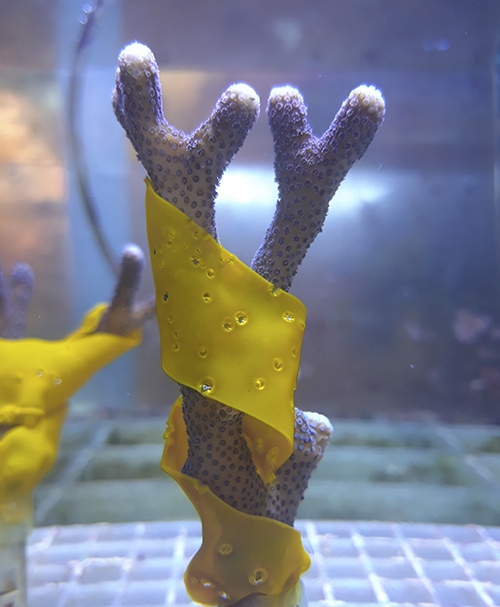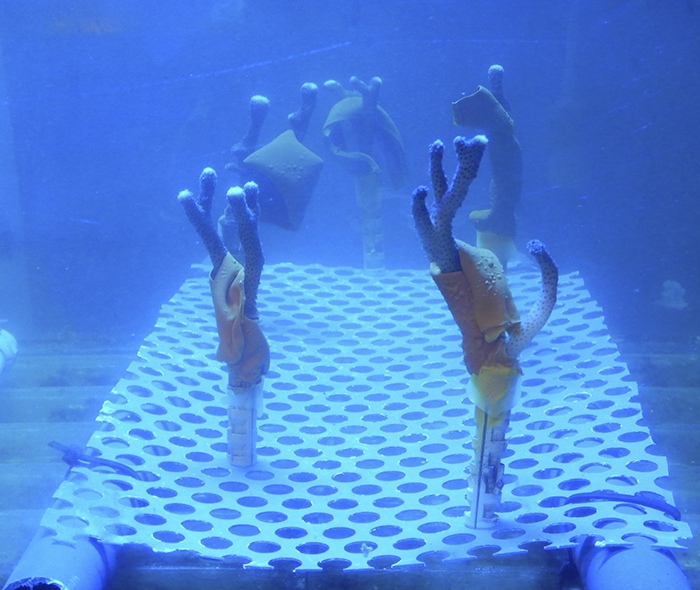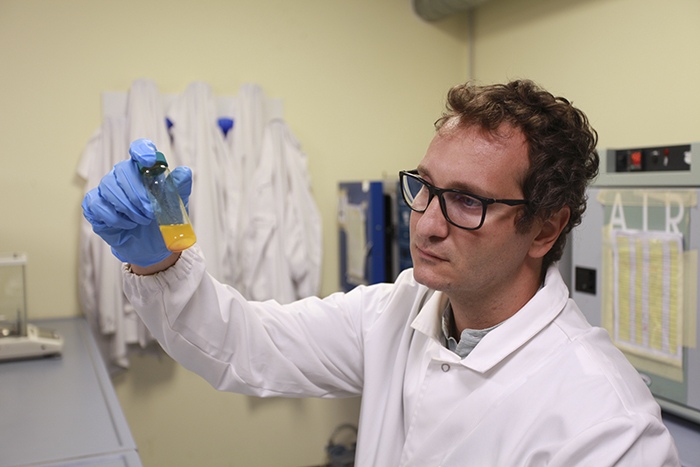Dr. Marco Contardi: Pioneering Coral Protection Research with Curcumin
Esteemed pharmaceutical chemist and technologist, Dr. Marco Contardi is at the forefront of the battle against coral bleaching, thanks to his trailblazing research on the protective attributes of curcumin. Featured in ACS Applied Materials and Interfaces, his research shows promising results in delivering curcumin, an antioxidant found in turmeric, to corals via a novel, eco-friendly biomaterial. His team, comprising experts from the Italian Institute of Technology and the University of Milan-Bicocca, has successfully conducted initial tests at the Genoa Aquarium, casting a ray of hope for imperiled corals across the globe.
With a robust academic background from the prestigious Italian Institute of Technology (IIT). and a unique fusion of skills in pharmaceutical chemistry and marine biology, Dr. Contardi, through collaboration with other marine biologists, conceived the idea of using curcumin—a compound he had studied during his Master’s—as a potential counteragent to coral bleaching.

Curcumin, a versatile antioxidant present in turmeric and ginger, finds application in the biomedical realm, including roles as an anti-inflammatory and anti-cancer agent. When employed in the context of coral bleaching, predominantly caused by oxidative stress, curcumin’s antioxidant properties make it a potent treatment solution. Its natural and non-polluting nature is congruent with the research’s eco-conscious goal.
Yet, a major hurdle faced was the delivery of this molecule in the ocean’s vast expanse. Dr. Contardi and his team tackled this challenge by creating a delivery system employing zein, a water-repelling protein from corn. By adding polyvinyl pyrrolidone, they ensured effective release of curcumin, thereby maintaining a potent and sustained concentration in the water.
They validated their method at Genoa Aquarium, simulating coral bleaching events. The results were compelling; corals treated with curcumin maintained their vibrant hues, indicating a promising protective effect against bleaching. The primary coral species used, Stylophora pistillata, with its high temperature sensitivity, proved to be an excellent model, although the team is expanding their studies to other species.

In the heart of Dr. Contardi’s groundbreaking research lies the restoration of the symbiotic relationships between corals and their essential microscopic algae, crucial for coral survival and color vibrancy. His work charts a promising course for coral conservation, emphasizing the profound significance these reefs bear not just for marine biodiversity, but also in shielding coastlines against natural disasters and contributing to the global economy.
Looking ahead, Dr. Contardi highlights the pressing need to promptly address coral bleaching. His team, equipped with a patent for their inventive solution and actively exploring more natural antioxidants, emphasizes the vital role of financial resources to fully realize their research’s potential. In line with the United Nations’ Sustainable Development Goal 14, focused on life underwater, Dr. Contardi propels a united endeavor to protect marine ecosystems. He underscores the substantial influence of personal, ecologically-sustainable decisions on this endeavor.

Now, real-world testing of their inventive solution is underway in the Maldives, where the University of Milan-Bicocca has a research center (MaRHE Center, Marine Research and High Education Center), a crucial phase in evaluating the scalability and effectiveness of the approach in natural marine settings. As they prepare to launch an upgraded 2.0 version of their technology in the forthcoming months, the anticipation within Dr. Contardi’s team runs high.
Dr. Contardi’s contact information:
Instagram
Facebook
Linkedin: Marco Contardi
Twitter: MarcoContardi5
